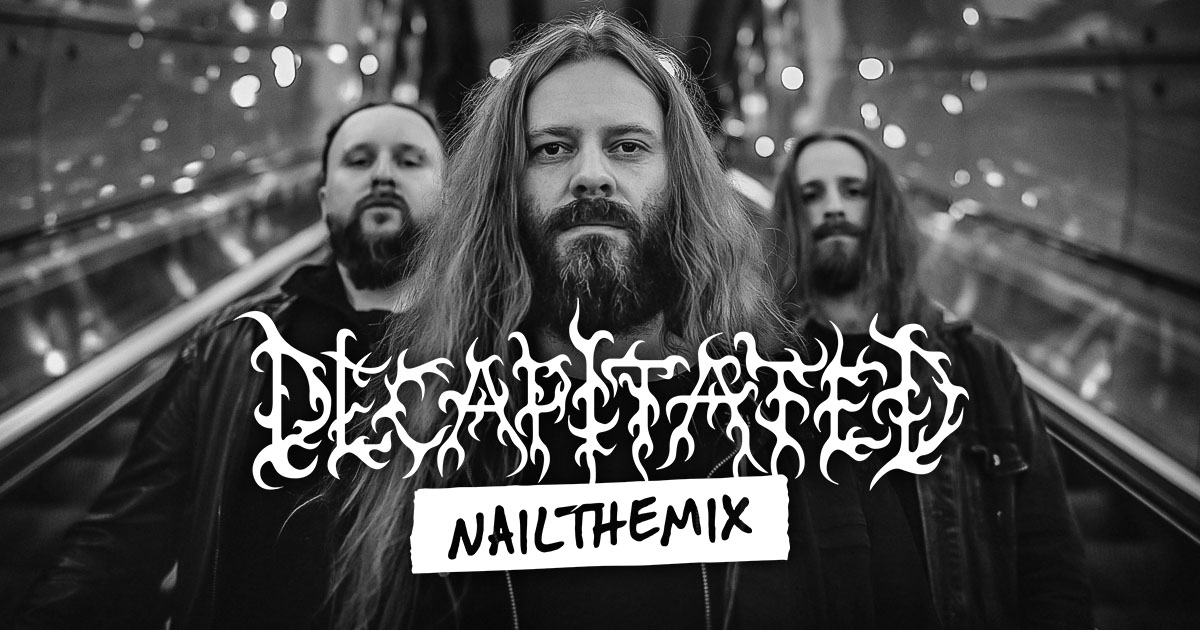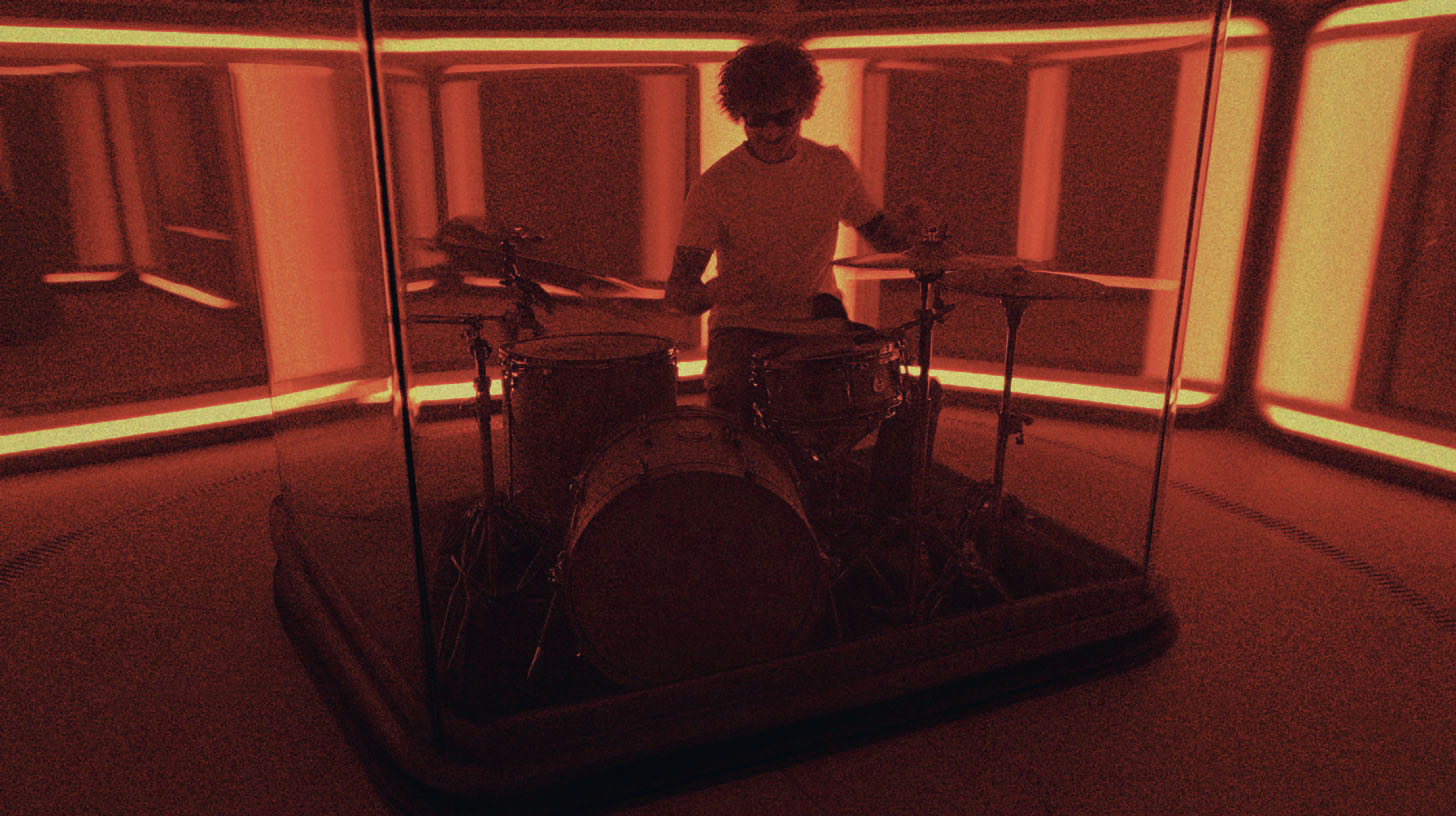
VST vs VST3: What Metal Producers Actually Need to Know
Nail The Mix Staff
You’re staring at your plugin installer. It’s giving you options: VST2, VST3, AAX, AU… you just want to get back to dialing in a sick guitar tone. You probably just check all the boxes and move on. But have you ever wondered if that little number makes a difference? VST2 vs VST3—is it just a version update, or does it actually impact your workflow when you’re building a massive, track-heavy metal mix?
The short answer is: yes, it absolutely matters. While it won’t magically make your mix sound better on its own, choosing VST3 can be the difference between a smooth, creative session and a stuttering, CPU-choking nightmare.
Let’s break down the real-world differences and why, as a metal producer, you should probably be using VST3 whenever you can.
The Biggest Win: Intelligent CPU Processing
This is the number one reason to go VST3. Here’s the deal: a VST2 plugin uses your computer’s CPU power from the moment you load it onto a track, and it doesn't stop until you bypass or remove it. It’s always “on,” even if there’s no audio playing through it.
VST3 plugins are smarter. They feature what Steinberg (the creators of VST) calls “Silence Flagging.” This means the plugin can detect when there’s no audio signal passing through it and will automatically suspend its own processing, freeing up your CPU.
Why This is a Game-Changer for Metal Mixes
Think about your typical metal session. You’ve got:
- Quad-tracked rhythm guitars, each with a high-gain amp sim like the Fortin Nameless Suite or a Neural DSP Archetype.
- A drum bus getting slammed by multiple plugins—maybe a saturator, an SSL-style compressor, and a transient shaper.
- A dedicated reverb on a send for that one epic vocal line in the bridge.
- A delay throw on a snare that only hits every fourth bar.
In a VST2 world, every single one of those plugins is taxing your CPU for the entire duration of the song. That reverb for the bridge vocal? It’s eating resources during the blast-beat intro. The delay on that one snare hit? It’s chugging along even when the snare isn’t playing.
With VST3, that reverb and delay would go to sleep until they’re actually needed. The cumulative effect across a 100+ track session is massive. It means more power for the plugins that matter, lower buffer sizes for tighter tracking, and fewer frustrating dropouts when you’re trying to be creative.
Flexible Sidechaining for Modern Metal Punch
If you’re mixing modern metal, you’re using sidechain compression. It’s not optional. You need that kick drum to punch through the wall of guitars and bass. This is another area where VST3 makes your life way easier.
VST2 plugins have a fixed number of inputs and outputs. Setting up a sidechain often involves clunky routing: creating a pre-fader send from your kick track, routing it to an auxiliary bus, then telling your bass compressor to use that bus as its key input. It’s a pain.
VST3 supports dynamic I/O, meaning a plugin can activate inputs as needed.
https://www.youtube.com/watch?v=example_video
A Practical Example: The Kick/Bass Relationship
Want to get your bass to duck out of the way of your kick?
- Slap a VST3-compatible compressor on your bass track. Think FabFilter Pro-C 2 or even your DAW’s stock compressor.
- In the plugin’s interface, you’ll see a sidechain input option. Click it, and a dropdown list of all your other tracks appears.
- Just select your kick drum track. Done.
No extra buses, no complicated routing. The plugin handles it all. This clean, fast workflow lets you dial in that essential punch and clarity in seconds, not minutes. If you’re trying to get that super-tight low end you hear on records from bands like Periphery or Architects, efficient sidechaining is key. For more tips on this, you’ll want to check out our deep dive on metal compression secrets beyond just making it loud.
Does VST3 Sound Better? Let’s Kill the Myth
This is a common question, so let’s get it out of the way: no, VST3 does not inherently sound better than VST2.
The core digital signal processing (DSP) code—the algorithm that actually makes the plugin sound the way it does—is identical between the VST2 and VST3 versions of the same plugin. A VST3 version of iZotope’s Trash 2 will create the exact same mangled distortion as its VST2 counterpart.
The difference isn’t in the sound engine; it’s in the “wrapper” that communicates with your DAW. The benefits are all about performance and workflow, which indirectly lead to better mixes because you’re not fighting your system.
Other Practical Perks for Your Workflow
Beyond the big two, VST3 has a handful of other quality-of-life improvements that just make mixing easier.
H3: Sample-Accurate Automation
Ever automated a filter sweep and felt like it was just a tiny bit sluggish or "off"? That can happen with VST2, where automation timing is tied to the processing buffer. VST3 supports sample-accurate automation. This means your automation moves are timed with surgical precision, right down to the individual sample.
This is crucial for the ultra-tight, almost machine-like editing in genres like tech-death or djent. Think about automating a sharp EQ notch on a FabFilter Pro-Q 3 to duck out for a snare transient or creating a lightning-fast stutter effect. Mastering these kinds of precise moves is a core part of modern production, and we cover a ton of similar techniques in our EQ strategies for mixing modern metal guide.
H3: Resizable Plugin Windows
This sounds small, but it’s huge. Many VST2 plugins have fixed-size windows that look tiny on a modern 4K display. Most VST3 plugins can be freely resized, letting you get a big, clear view of your EQ curve, compressor gain reduction meter, or spectrum analyzer. It’s just more comfortable and efficient.
H3: Automatic Plugin Categorization
In many DAWs like Cubase and Reaper, VST3 plugins can report their category to the host. This means your DAW can automatically sort them into folders like "EQ," "Dynamics," "Reverb," etc. It’s a small thing, but it saves you from scrolling through one massive, alphabetized list of every plugin you own to find the right tool for the job.
So, Should I Delete All My VST2s?
Hold on. Don’t rush to your VST folder with a digital flamethrower.
If a plugin is only available as a VST2 (especially older, 32-bit freeware gems), and it’s a critical part of your sound, keep using it! If you have a stable mix template built on VST2 plugins and your computer isn’t screaming in agony, there’s no urgent need to rebuild it.
The rule of thumb is simple: moving forward, always install the VST3 version of a plugin if it’s available. For any new project, default to VST3. The performance and workflow benefits are just too good to ignore.
Understanding the tech behind your tools is one piece of the puzzle. But seeing how world-class producers actually leverage that tech on real songs is where the breakthroughs happen. Imagine watching the original producer of a massive metal album use advanced sidechaining and automation in a real session, explaining why they’re making every move.
At Nail The Mix, that’s exactly what you get. You get the raw multitracks from bands like Gojira, Meshuggah, and Loathe, and watch producers like Joey Sturgis, Eyal Levi, and Will Putney mix them from scratch, showing you how to unlock your sound and mix modern metal beyond presets.
Get a new set of multi-tracks every month from a world-class artist, a livestream with the producer who mixed it, 100+ tutorials, our exclusive plugins and more
Get Started for $1






